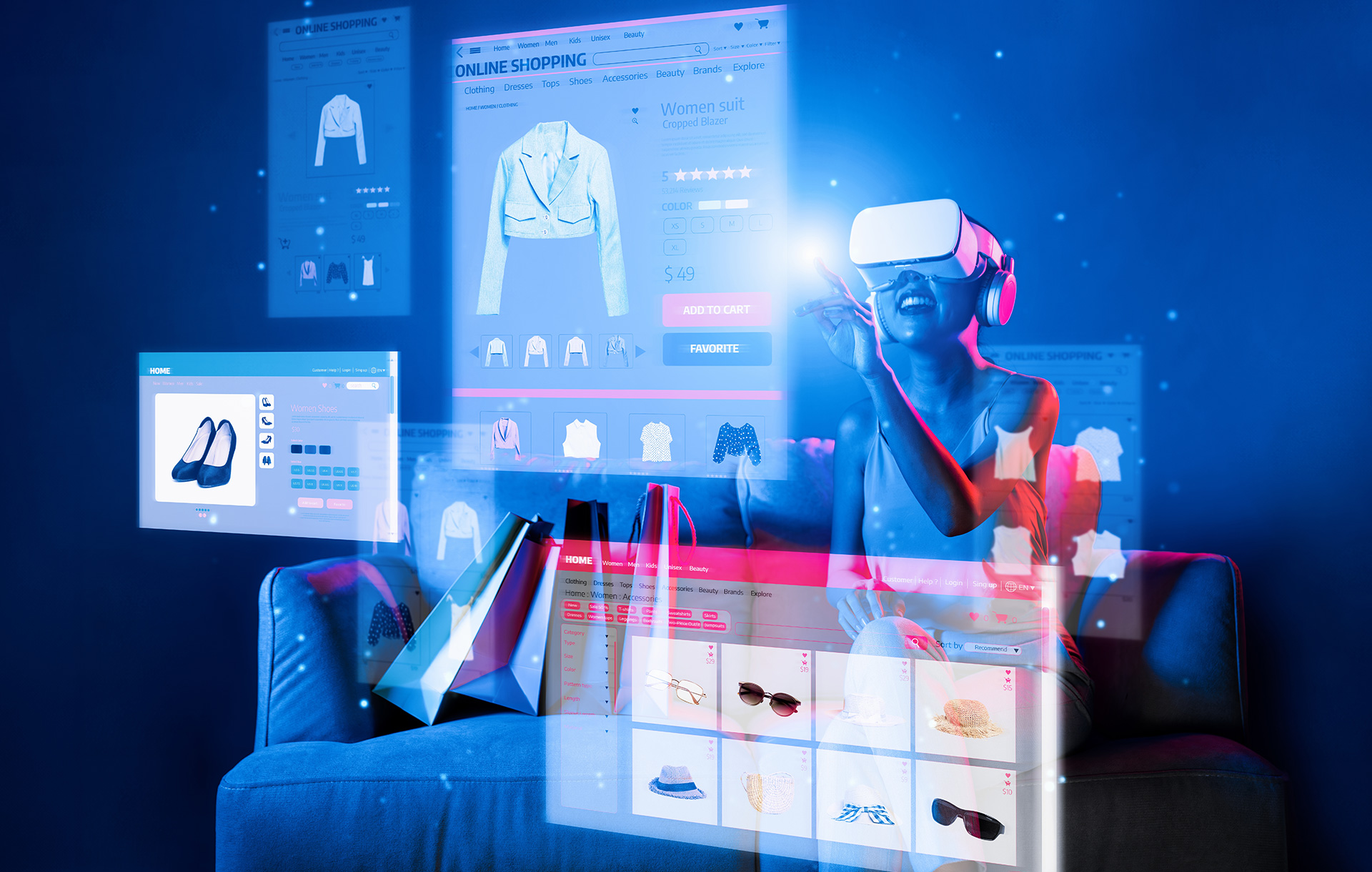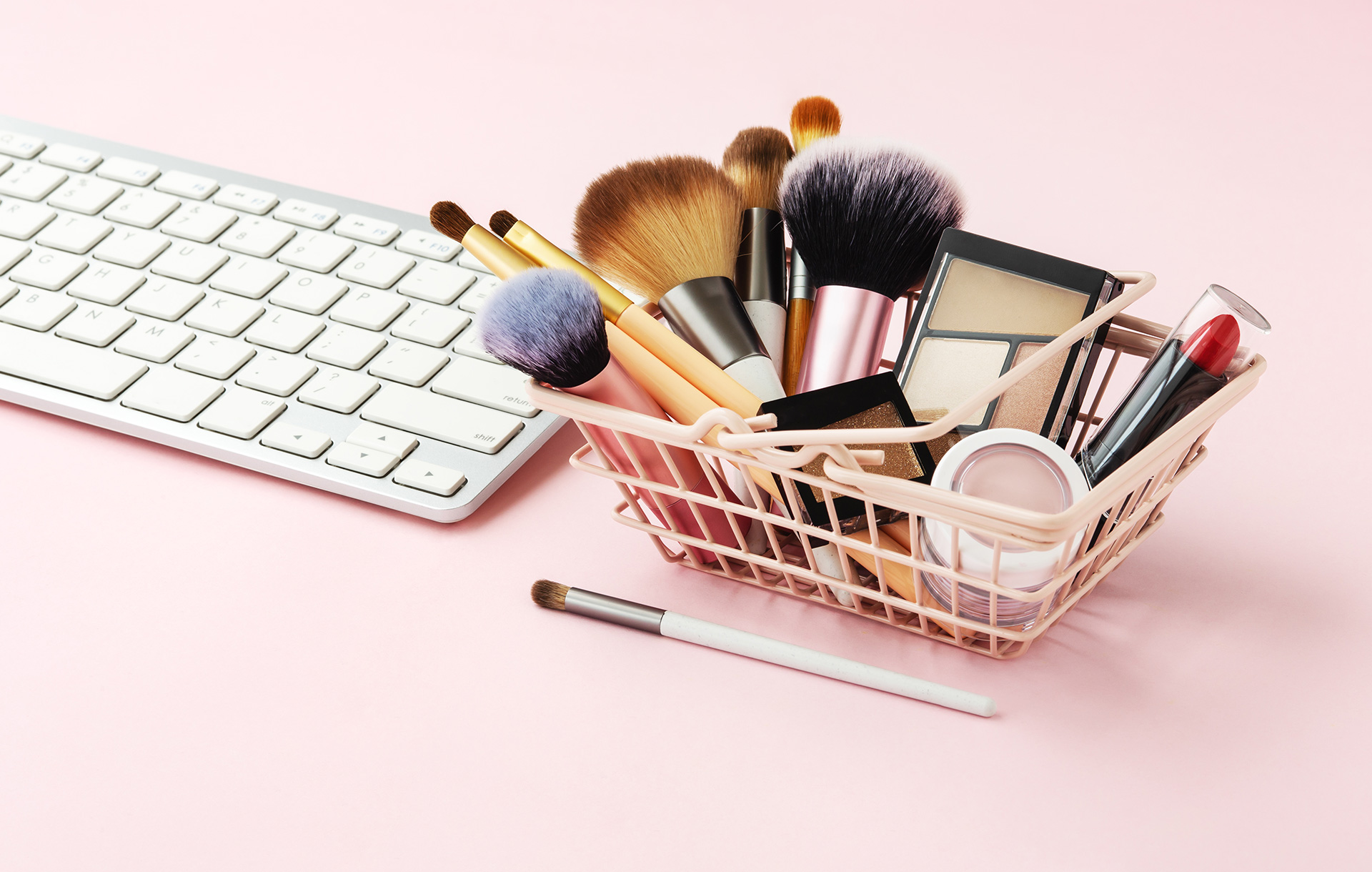Luxury comes in many forms – minimalism, exclusiveness, supremacy or Made in Britain. People tend to think ‘luxury’ is something exclusive to high-end fashion brands, cars and mansions.
Yes, sure. But that’s not the whole story.
For us, luxury is not always about the material desire. But luxury is all about the process of getting them – the experience. To be more precise, valuable and exceptional experience that cannot be easily replicated.
Why counterfeit Louis Vuitton bags haven’t replaced the real Louis Vuitton stores around the world? Because consumers are looking for the authentic Louis Vuitton experience that fake ones cannot offer. The special experience they offer when you step into the fancy store and the personal interaction you get with shop assistants. At the end of the day, consumers feel they not only bought a lovely-looking handbag, but they also acquired a sort of ‘social status’.
Luxury is about the experience.
So a luxury brand website should also offer the experience digitally, don’t you think? That, Ladies and Gentlemen, is the decisive element that differentiates a luxury website from the rest.
How to recreate a luxury brand experience?
- A bespoke design
A web design needs a bespoke solution to make it luxurious, because luxury means being exclusive and unique. A so-called standardised design solution doesn’t work on them. Since every brand story is different, each web design needs a unique approach.
In order to digitise a client’s unique brand story, there needs to be a tailored UX structure, for example. A great story starts with excellent UX, and excellent UX design starts with a great storytelling. A luxury brand with an obsolete UX interface, on the other hand, will only isolate visitors, it will also lose the brand credibility.
- Authenticity and consistency
As we always tell our clients, each brand story is made and told specifically to a target demographic. Remember who your client is, and how they’re different from the rest. They have a particular perspective of the world.
Imagine you want to sell luxury beef burgers. You are not looking at the regular burger fans who think a burger doesn’t deserve more than 6 pounds. But you want to sell a high-quality, organic burger to the underserved demographics, who don’t mind paying over £40 as long as they think it is authentic.
In a similar way, people want to buy authentic Prada shoes that are emotionally comforting and make them feel good.
So we digitise brand authenticity using rich contents, right colour, right imagery and a coherent design. Every design component should be telling an authentic story and add value to the visitors. In other words, attention to details is the key to reflect a brand’s authenticity.
- Personal experience
There is another specific element that luxury consumers expect from brands – personal interaction. Allow me to repeat myself again, consumers step into a luxury store expecting for a unique shopping experience. And personal interaction is the key ingredient in the recipe.
Storytelling is our human nature. So is face-to-face communication. Sadly our time is limited. So a luxury web design needs to incorporate more ‘human components’ that make consumers feel like they are dealing with real people behind the screen.
- A global twist
Today, a luxury has to have a global reach. If you want to sell an authentic British product, there is no way you can ignore the rest of the world.
So your website has to be ready for your global audience. For example, a multilingual website and a global-friendly e-commerce site with a currency conversion function – they are the ‘must-haves’ if you want to reach out international luxury consumers.
What do you think?
Appnova is a digital agency specializing in web design, UX, e-commerce, branding, digital marketing and social media.
Keep following us on Twitter @appnova and “like” us on Facebook for useful news and tasteful digressions about geeky stuff.








0.Comments